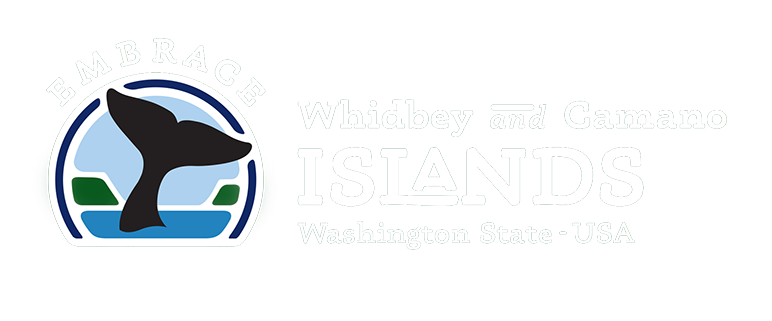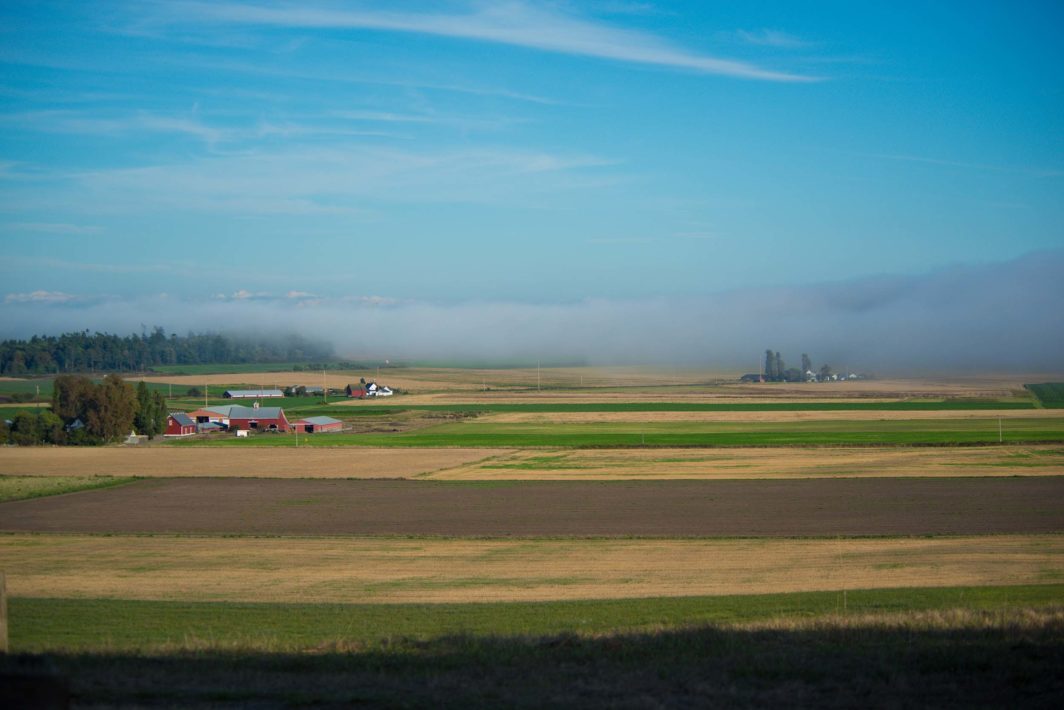Estimated reading time: 7 minutes
Mark Laska reaches into the wood-fired pizza oven in his restaurant, Ciao, and pulls out, not a pizza, but a metal tray. In the tray is chopped up Hubbard Squash from the farm down the street, Sherman Farms. “We’re going to make some ravioli today,” he explains. The pizza oven was the perfect place for roasting it.
I’m here for a cooking demonstration and to talk about food, in general. “The chef that I apprenticed under (in Italy),” Laska explains, “was one of the five people who started the slow food movement.” For fans of the show “Search for Italy”, that chef was Enzo Coccia, one of Stanley Tucci’s guests in the inaugural episode. It was in Italy when Laska learned to appreciate quality food and the family-run farms of Italy that produce it.
While he’s certified by Italy’s Ministry of Agriculture to make authentic Neapolitan Pizza, today that knowledge will be used with pasta.
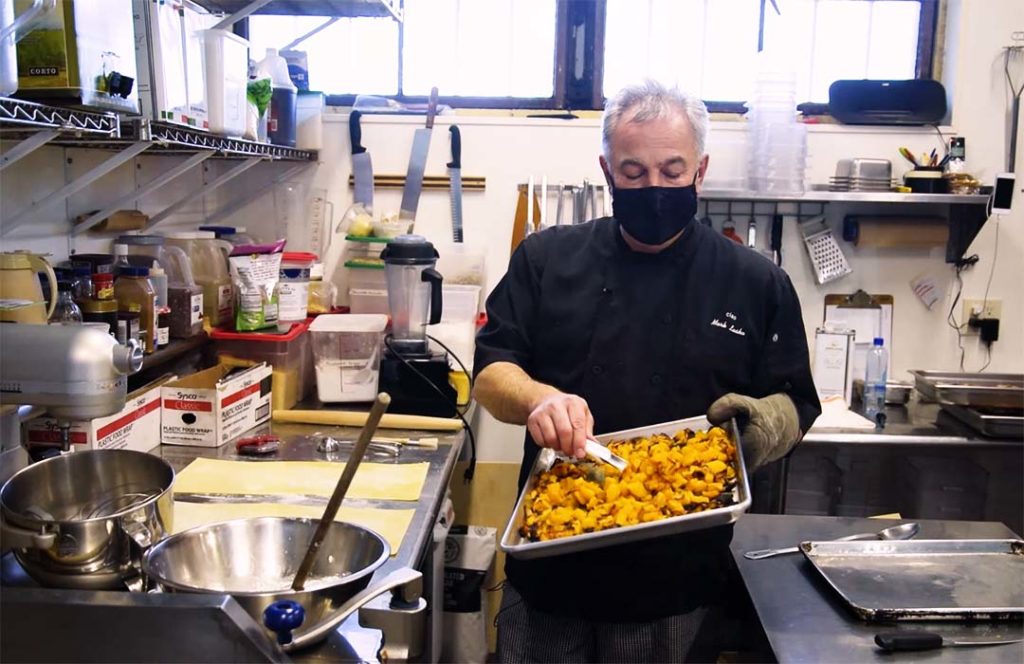
“Nowhere in the United States is there a reserve like this…”
Mark Laska
True to the theme of local foods promoted by the slow food movement, he blends the squash with ricotta cheese from the island’s Glendale Shepherd Farm, seasons it, mashes it, grates in Feta and Brebis cheeses, and mixes it. He sets it aside for the ravioli’s filling.
Laska opened Ciao in 2010, heading to the Puget Sound region from Los Angeles. “It was really because of Ebey’s Reserve,” he explains. He likens the Coupeville area to Campania in Italy, where he apprenticed. He explains that, “Nowhere in the United States is there a reserve like this…and in theory somebody could make a food product generation after generation.” While that doesn’t exist in the U.S., Laska points out that, “it does in Italy.”
Ebey’s Reserve’s special status as a park reserve means the rural nature and agricultural “vibe” of the area will be preserved.
We head out of the kitchen and to the front of the building. Ciao started as a restaurant, but when the pandemic throttled restaurant service, Laska converted much of the space to a specialty food store. Shelves are stalked with goodies from Italy, mostly made by small production operations. He explains that he’s met, or even worked with most of those makers and knows what makes their food so special.
Small- Batch Producers are Key
We head out of the kitchen and to the front of the building. Ciao started as a restaurant, but when the pandemic throttled restaurant service, Laska converted much of the space to a specialty food store. Shelves are stalked with goodies from Italy, mostly made by small production operations. He explains that he’s met, or even worked with most of those makers and knows what makes their food so special.
He turns his attention back to the ravioli. He portions the filling out onto sheets of dough made earlier and cuts squares around them.
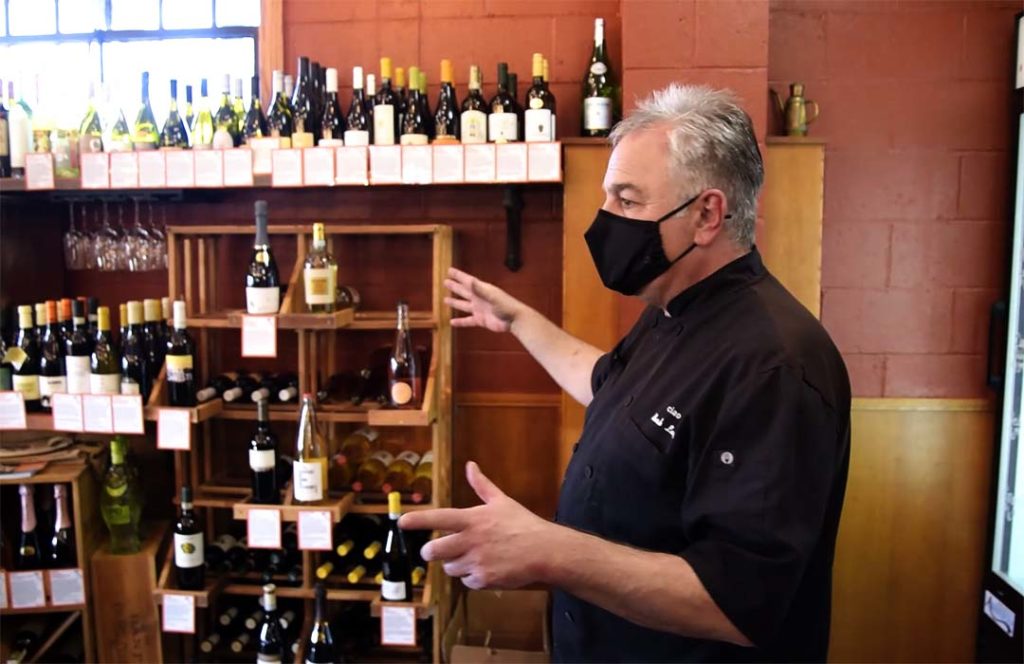
Like Italy, farms around here are small, and family owned. Some, like Sherman Farms, have been in the same family for generations. Others have new owners, often young families foraging a family life away from city stress. To view these farms is to see how places like Whidbey Island once were, broad open fields with ocean air and beautiful views of the mountains.
Laska again reflects on what it takes to produce quality food. It’s not only the people, it’s the combination of the people and the special character of the region. He says, “The air, the water, it’s so important to everything that we eat, and more importantly, for everything that we produce.”
Laska sees the potential of this region as a leader in a back-to-basics Italian-style food movement, explaining, “what we have here is the potential for multi-generational families to produce an amazing food product. So, this place is more and more important and will be more and more relevant in the future.”
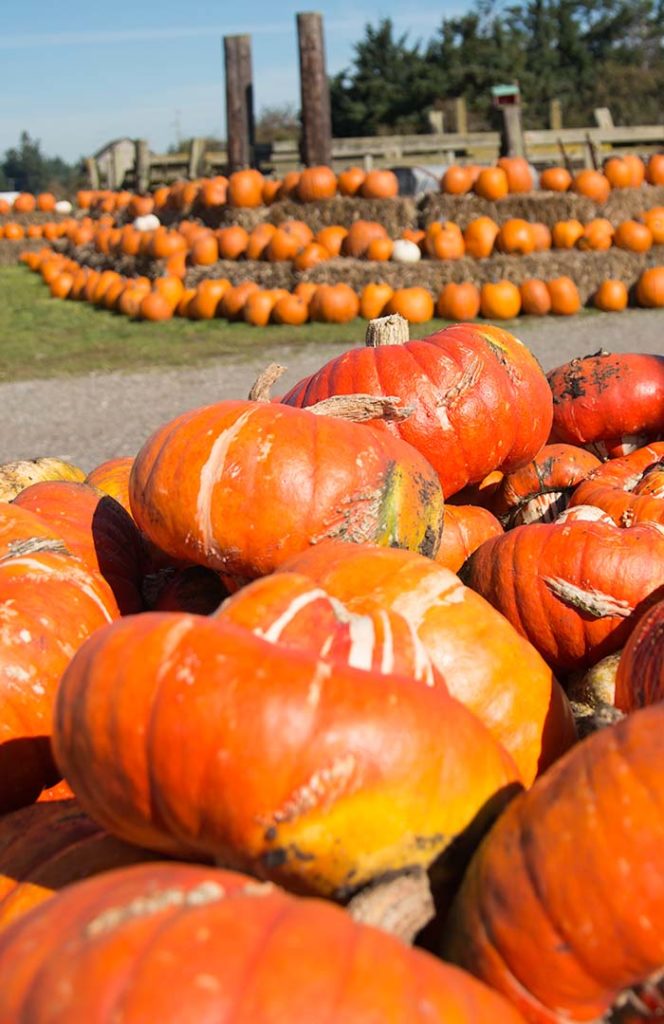
“It’s my favorite dirt on the planet Earth.”
Mark Laska
“Where this squash comes from,” Laska says, “It’s my favorite dirt on the planet Earth.”
He’s working to make that happen, partnering with local farmers with some food products he hopes to have out soon. He’s not ready to tip his hand.
The cooking resumes with Laska making the sauce. “I’m going to use an obscene amount of butter,” he says, and then also adds several cups more of the Hubbard Squash he cooked in the pizza oven. After adding some fresh sage and several cups of whole cream, Laska whisks it together. “This is very Neapolitan,” says Laska, adding, “You find this everywhere because, you know, it’s a poor people’s food.”
Story continues after the video…
Visit the Ciao Website
He boils water in another pan and adds one of the raviolis. At about 5 inches on either side and stuffed with about a cup of filling, one ravioli is a meal. We wait.
I ask if he ever thought about being a farmer. “My family’s business was tomatoes (but) I’ve never had the acumen to do that. It’s so out of my wheelhouse.”
About three minutes later he transfers the ravioli to a non-stick pan and adds the squash-butter-cream sauce, letting it all warm together another two minutes. He plates this extravagant blend of island ingredients, adds some fresh sage and grates on more cheese.
Whidbey ingredients, done Campania-style.
Try the Recipe
Savory Sweet Squash Ravioli
In every doorway of every corner grocery in Naples will be often be an ENORMOUS gourd that acts as a doorstop. Ordered by the kilo, the shopkeeper will invariably produce a fairly intimidating machete to hack off your desired portion. The closest I have found stateside is the Hubbard Squash which (thankfully) is grown just blocks away from the front door of CIAO by Sherman Farms.
We prefer to use one large ravioli as an appetizer (Primi – or first course) or you can make yours smaller and serve 3-5 ravioli as a side or main dish.
Ingredients
The Delivery System
– One half-sheet of fresh Pasta or one package of 3”x3”/4”x4” (9 cm) WonTon Skins
– One beaten egg (for sealing)
The Filling
– 1⁄2 cup (120 grams) of Ricotta Cheese
– 1⁄3 cup (85 ml) of baked and cooled Hubbard Squash (Acorn squash if you can’t find Hubbard)
– 2 oz (60 grams) of grated Romano or Parmesan Cheese
– 1⁄3 cup (85 ml) of thickened cream – Salt & Pepper to taste
– Dash Nutmeg
The Sauce
– 4 oz (115 grams) Butter
– Two or three Sage leaves
– 1⁄2 small finely diced shallot
– 1 cup (240 ml) or so thickened cream
-A splash (15 – 30 ml) of white wine
Instructions
The Filling
In a food processor, place ricotta, Romano, and baked squash. Pulse after adding nutmeg, then salt and pepper to taste. Lastly, add a small egg and pulse until incorporated.
The Delivery System
You will be creating little pillows, and the pillowcase is pasta. If you make your own, by all means do so! If this is not your groove, you can easily find wonton skins in almost any market.
Crack an egg into a little cup or bowl and whip it up. You will “paint” your bottom sheet with this to seal the pillowcase.
Place your piece of pasta on the counter, and use a spoon to set some filling in the center of the pasta. Square. With a pastry brush, “paint” the edges of your pasta and place another sheet on top. Lightly press the edges together to create a seal. Make
certain to not trap air inside of your pillow (or it will burst when cooked). Repeat as needed.
The Sauce
After you have completed assembling your pillows, it is time to make the bed. Set your water to boil, and place another saucepan on the stove to low-medium heat. Place the butter in the pan with your sage leaves, add very finely diced shallot and
a pinch of salt. Stir occasionally until the shallot is translucent. Add your cream, and raise the heat ever so slightly until it gently boils and begins to thicken. Lastly, add the wine and reduce. When it looks and feels like a sauce (coats the back of a spoon) turn the heat down to its lowest setting.
Gently drop your pillows into boiling water four or five at a time. Just as they float to the top, remove them with a slotted spoon, and set them reverently in your sauce.Toss gently before serving to coat.
Serve and eat them immediately.
Jack Penland lives on Whidbey Island with his wife, Diane. Even though they’ve lived here for more than 20 years, they keep finding new adventures, places to explore, and food to try.
